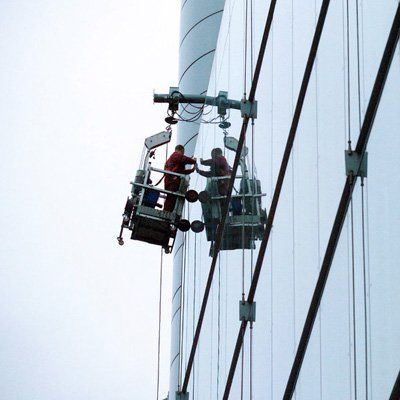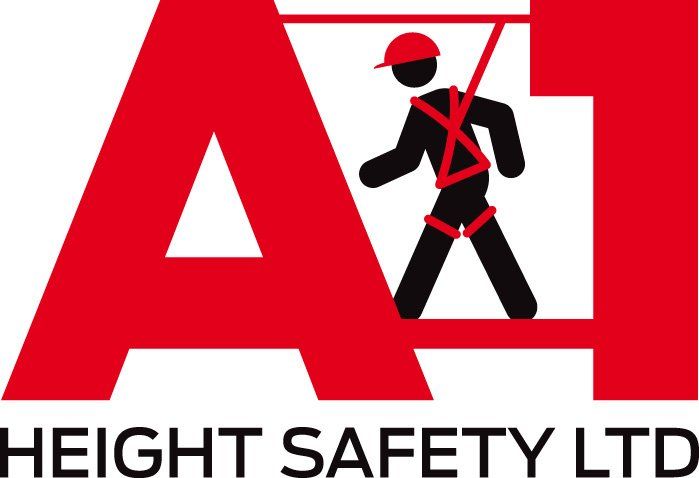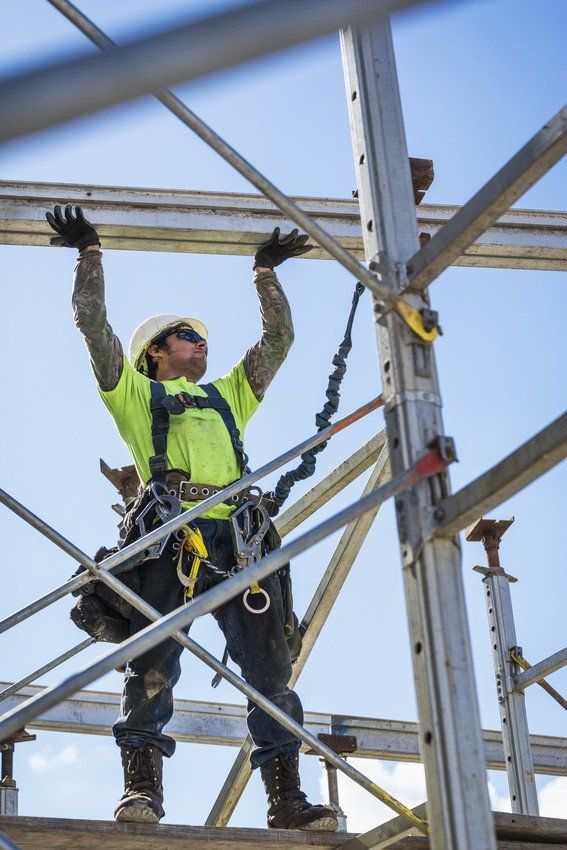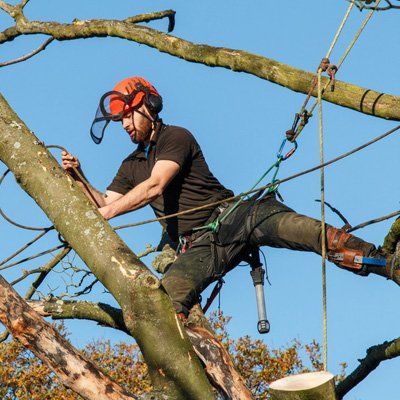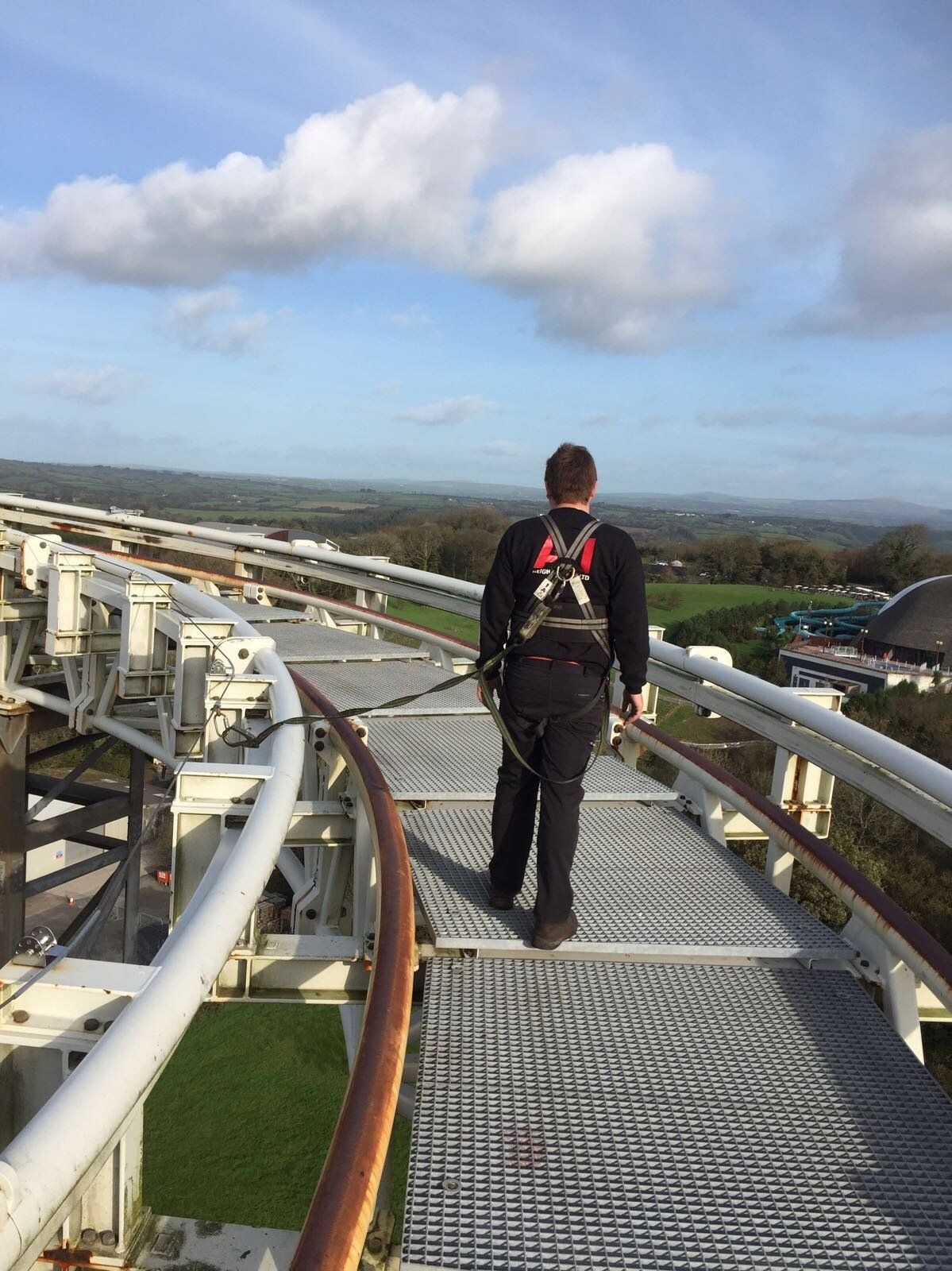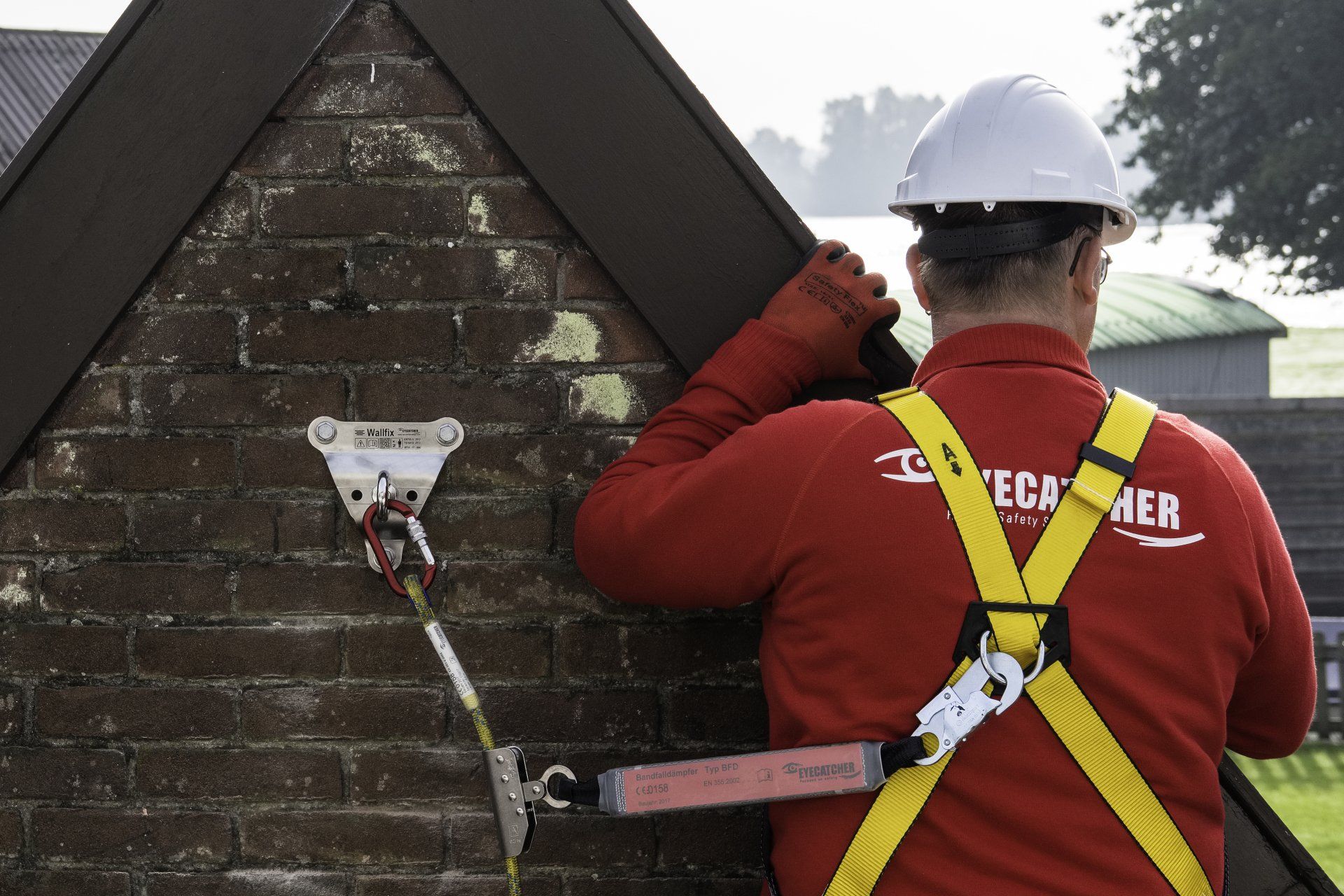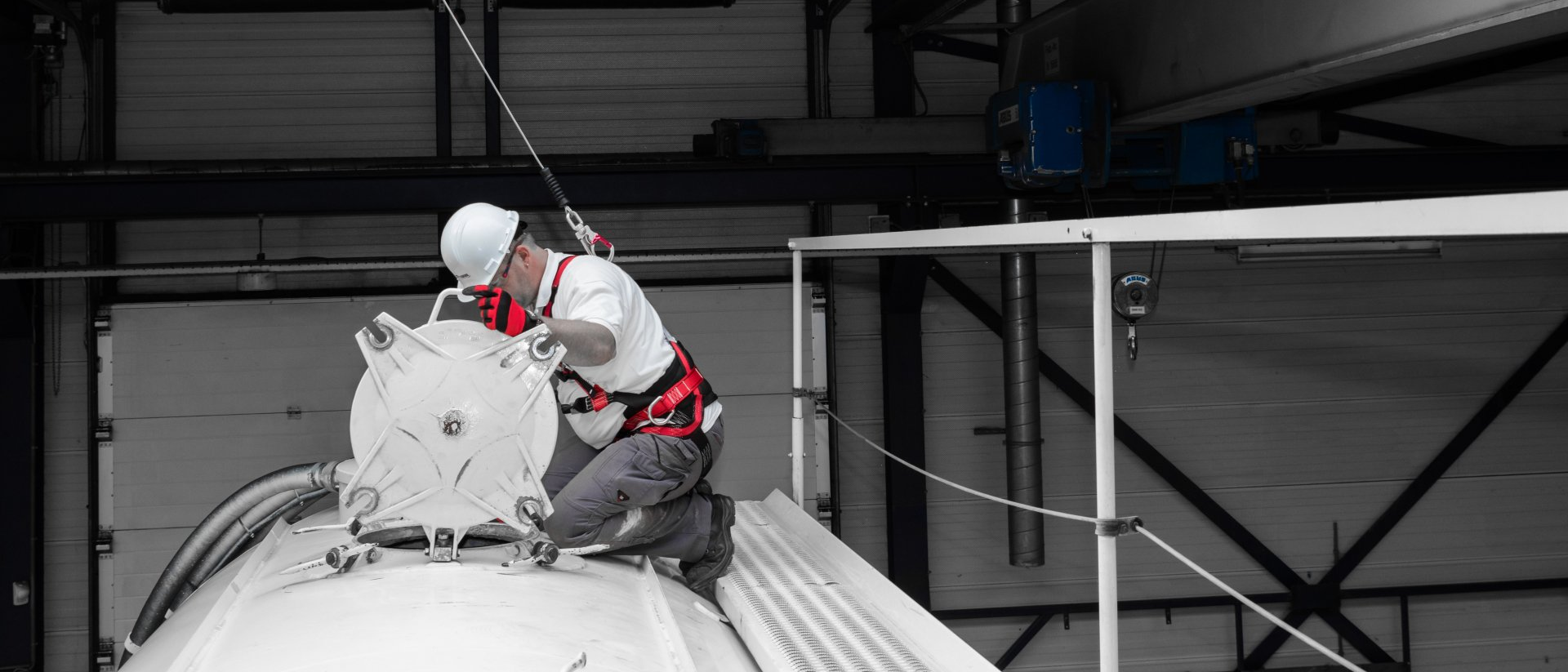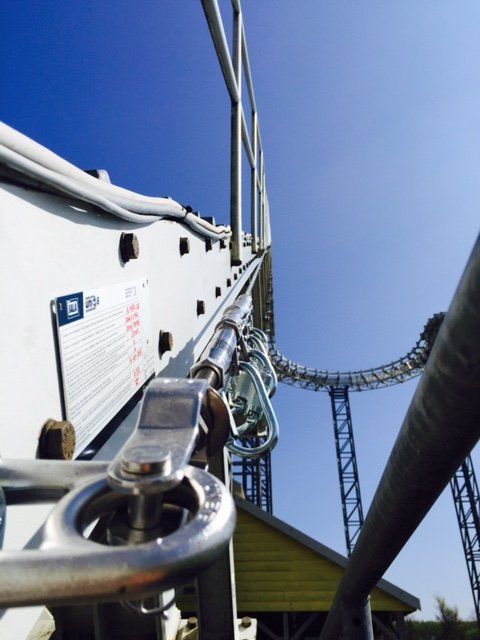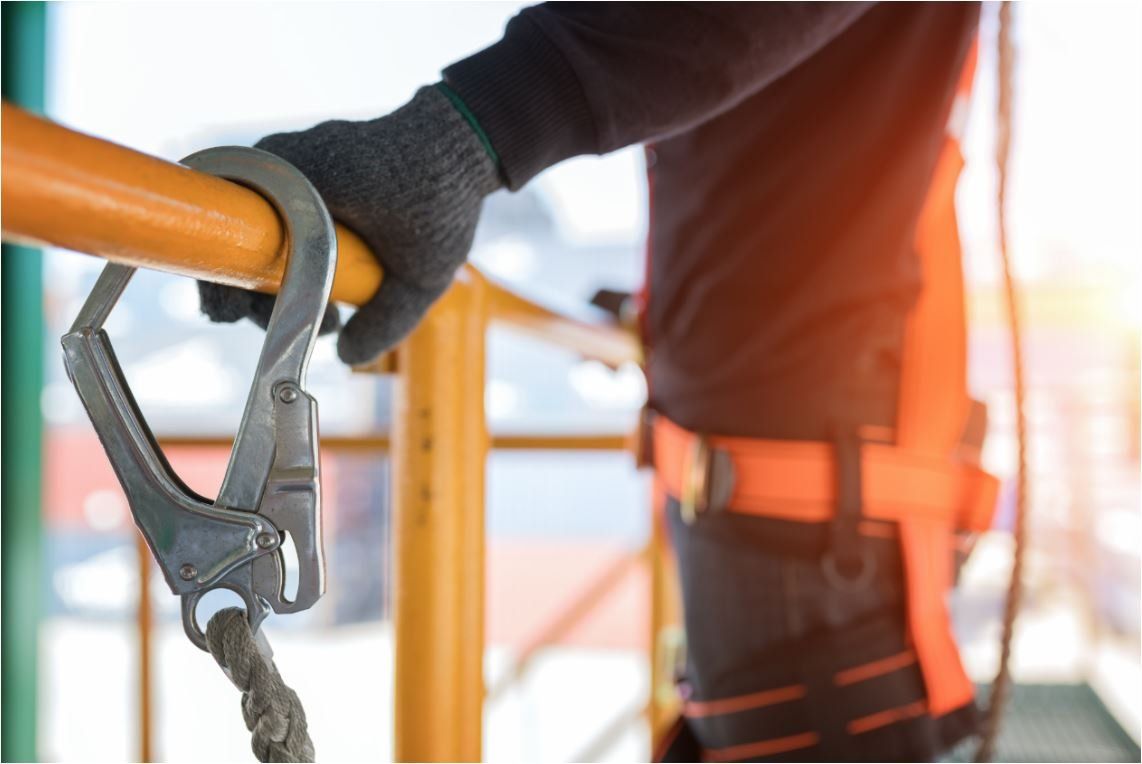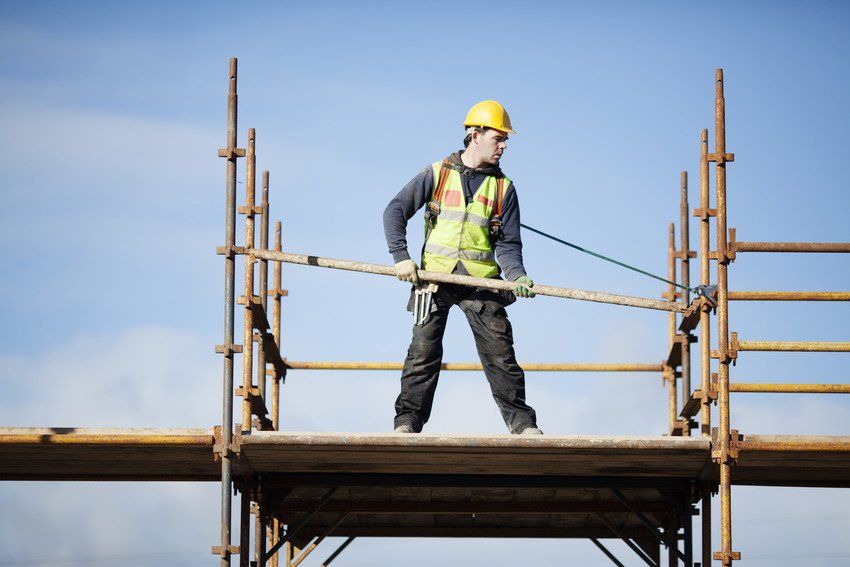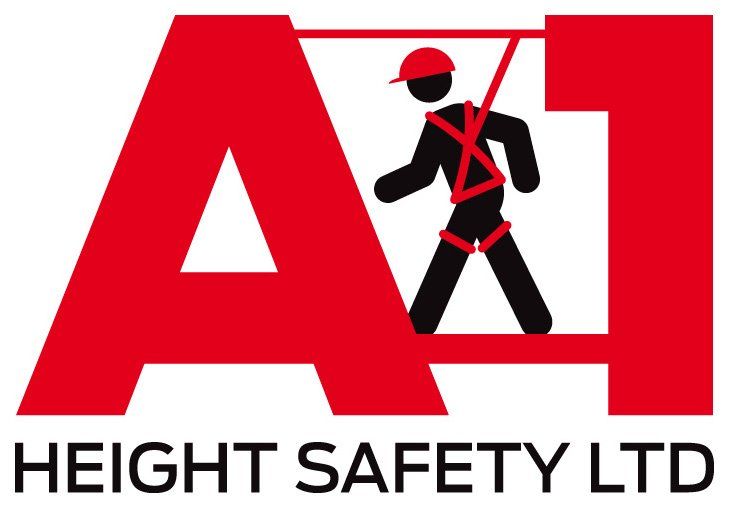Why Is Mansafe System Testing Needed?
The World Health Organisation has recently acknowledged that the second most frequent type of unintentional injury deaths globally, following traffic accidents, are falls from heights. British regulations state that it’s the employer’s responsibility to ensure that their employees are safe when they’re working at heights and the best way to do this is to have fully-functioning mansafe systems. However, ensuring they work properly requires testing.
What is a Mansafe System?
Mansafe systems are height safety devices that connect the user to a fall arrest system. These help reduce the risk of injury associated with a fall by decelerating your body which limits the forces exerting on it, as well as preventing you from colliding into the ground or any structures below. Because height safety is so important, there is a type of fall arrest system for every situation. For example, those working in manholes and confined spaces will opt to use a tripod or davit overhang system whereas those working on transformers or platforms will use a portable fall arrest post.
Why is Mansafe System Testing Needed?
Even though there are many different types of mansafe systems, they’re all to be tested annually under The Work at Height Regulations 2005. This is in addition to regular maintenance checks and semi-regular interim inspections, the frequency of which depends on how often the fall arrest system is used. However, this annual test is more thorough and extensive than these maintenance checks and they’re important for many reasons:
Preventable
The first reason mansafe systems need to be tested regularly in this way is that falls from heights are a very preventable type of accident. The measures required to reduce the number of falls from heights are simple, non-obstructive and fairly inexpensive. Yet, they’re only effective if they’re maintained properly and unfortunately it only takes one minor fault to cost a life.
Insurance and Lawsuits
Even though mansafe system testing has an upfront cost, this pales in comparison to what some companies end up paying employees who sustained injuries at work. If an employee does have a fall and sustains a serious injury, your insurance will go up and the employee may wish to pursue a lawsuit. If your mansafe system hasn’t been inspected properly and is shown to be faulty then this can be detrimental to your business.
Integrity
A key benefit of undergoing mansafe system testing is that any issue, no matter how big or small, can be addressed at a much earlier stage before it develops into a problem that requires more time and money to fix. Along this vein, all of your equipment will be working much more efficiently and will require repairs less frequently, making mansafe system testing a cost-effective option in the long run.
If you have any questions about mansafe system testing, or if you’d like to hear about our other services, including advice and installation, then don’t hesitate to get in touch with us here at A1 Height Safety Ltd by calling 01446 738 897 today!
